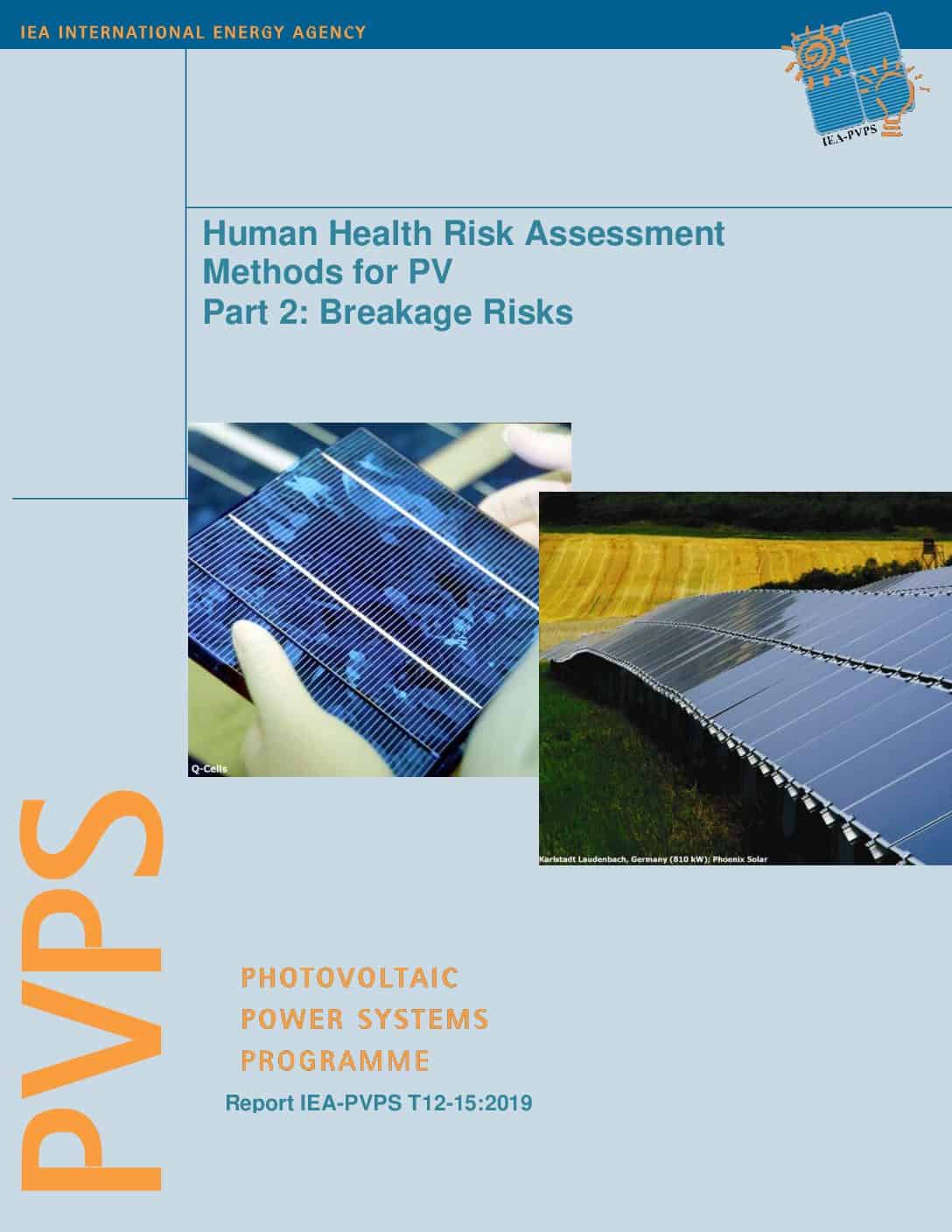Photovoltaic (PV) modules are designed and tested for long-term durability in harsh outdoor environments, but a small percentage may break during installation or operation. Some industry stakeholders have expressed concerns regarding potential human exposure to hazardous materials should a PV module break in the field. To evaluate these concerns, screening-level risk assessment methods are presented that can estimate emissions that may occur when broken PV modules are exposed to rainwater, estimate the associated chemical concentrations in soil, groundwater and air, and finally compare these exposure-point concentrations to health-protective screening levels based on 1×10-6 cancer risk and hazard quotient of 1. The screening-level methods can be used to decide whether further evaluation of potential health risks is warranted. A few example scenarios demonstrate application of the methods.
Specifically, this report presents an analysis of potential human health impacts associated with rainwater leaching from broken modules for two PV technologies, focusing on release of the highest-prioritized chemical element for each: lead (Pb) content in crystalline-silicon (c-Si) PV modules and cadmium (Cd) content in thin film cadmium telluride (CdTe) PV modules. The prioritization of these chemical elements for analysis is based on stakeholder interest. Because the methodology is chemical-specific, the risk assessment results for these chemicals cannot be directly generalized to other chemicals, although the risk assessment methodology can be applied to other chemicals.
